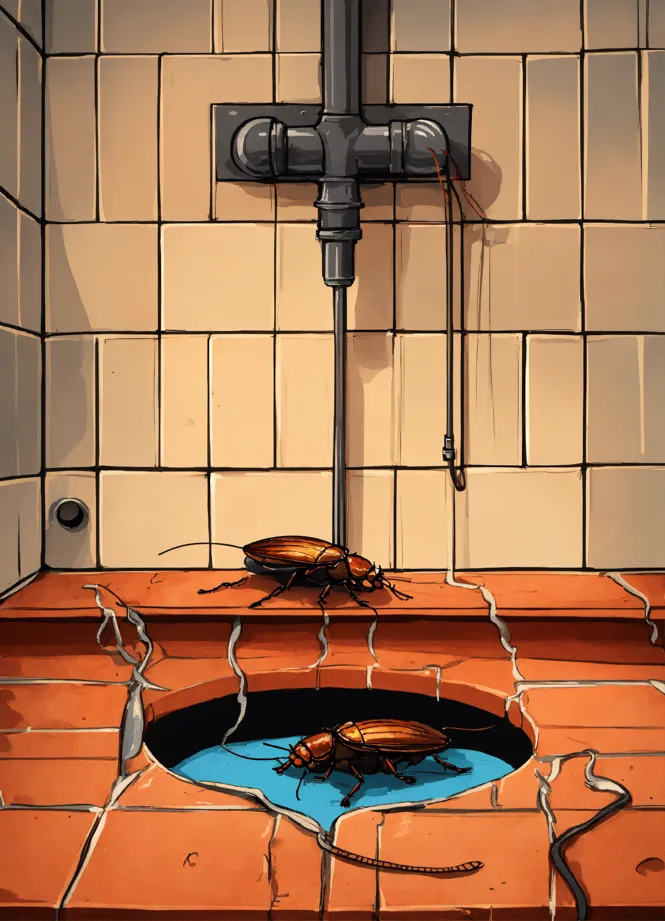Re: Switch-mode Supply For Bug Zapper (Fwd)
페이지 정보
작성자 Melva 작성일25-08-29 03:29 조회10회 댓글0건본문
To: High Voltage list Subject: Re: Switch-mode provide for bug zapper (fwd) You need the elements for the steel you intend to make use of. Differing types have completely different losses. You acquire this from the mfgr. Digi-Key has some cheap IR kind emitters & detectors. Have the fly crawl a distance, like 4-6 inches inside the tube, after which, he triggers the IR beam which controls the zapper. A small single ended NST works great for this software. The present will burn them right up. The fly hits the IR beam on the 1/2 mid-approach point which energizes a small grid in each route. The midpoint has a piece 2 inches lengthy with no grid. They turn out to be trapped and can't exit both path without getting zapped. You could possibly also use a 600 Ohm to 10K audio xmfr. They make nice HV sparks operating in a pulsed mode. If the time duration is short, like 1-2 sec, they could additionally charge a cap rectified with a 1/2 wave diode in a short time period. Then the charged cap waits for the fly. The charging cycle happens every 5 minutes and is managed by a 555 IC chip --- a small relay controls the ability section. You put sugar crystals within the tube and at the end of the tube use a small glass take a look at tube so you can see your accumulated flies to adjust the time intervals. The flies will accumulate after which try to exit the charged grid part. The one we've makes use of a standard laminated iron, 50Hz transformer. I'd like, so I'm looking at making a switchmode version. 2) Ditto for sizing the components for the snubber. HV rectification and that I'd need a string of high-speed diodes.

If you’ve definitely decided not to buy a propane mosquito trap, that is the subsequent smartest thing. I’ll record the pros and cons of the two models collectively, as a result of they’re comparable. Its preliminary price is cheaper than propane traps. It doesn’t require the trouble and expense of changing propane tanks. It catches other bugs apart from mosquitoes, although that’s not at all times good if they’re useful ones. You should utilize it indoors or outdoors. The only sound is the quiet humming of the fan and there’s no odor. It’s safe for pets, Zap Zone Defender kids and the atmosphere, because it uses no insecticides. The massive one: it doesn’t essentially kill mosquitoes particularly, so you may get extra moths or different issues instead. You’ll must mount it about 5 to six feet off the ground. One model, the DT1200, comes with its own hanger, but otherwise, it needs a tree branch, submit, wall, Zap Zone Defender fence, and so forth. to hold or sit on.
If you use it outdoors, it may have some rain shelter to stop water from entering into the collecting space. It wants an outlet 7-10 ft away or an extension cord. It’s tough to empty without letting some bugs escape. The claim that it emits an efficient amount of CO2 has been questioned. Like all traps, it wants positioned in a very good location, shady and sheltered, the place mosquitoes can find it, but not where you’ll be bothered by them. The lights in the highest of the lure emit warmth and ultraviolet rays, which entice mosquitoes in addition to different insects, significantly moths at night. There are openings under the lights where bugs can fly in. Once inside, they’re sucked down by the fan’s air currents into the retaining cage below, the place they’re unable to escape and die within a day. Unfortunately, light and warmth are just two of the things that attract mosquitoes, since what they’re mainly searching for are folks to chew.
Carbon dioxide is what they actually seek, since we and different animals emit it when we exhale. Mosquitoes know that in the event that they observe that vapor trail, there shall be a tasty animal on the opposite finish, ready to be bitten. To supply carbon dioxide, the Dynatrap uses a broad form of funnel above the fan, coated with titanium dioxide (TiO2). The producer claims that when the ultraviolet gentle reacts with the TiO2, "a photocatalytic response takes place that produces carbon dioxide." That is the method it makes use of, instead of burning propane like different traps. However, when the University of Wisconsin tried to measure the amount of carbon dioxide emitted, they reported that they detected none at all. One reviewer identified that the TiO2 floor would want coated with a supply of carbon, like dust or Zap Zone Defender dead bugs, to ensure that the process to make carbon dioxide. See the review right here (scroll down to Dr. Marsteller’s comment).
댓글목록
등록된 댓글이 없습니다.














